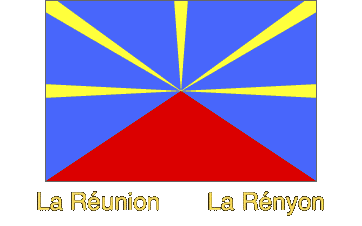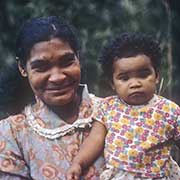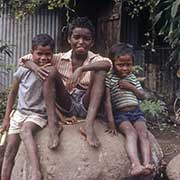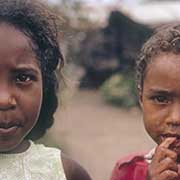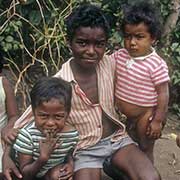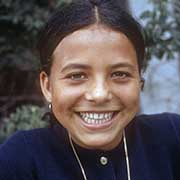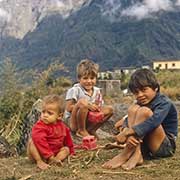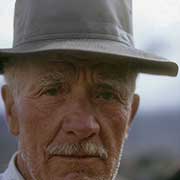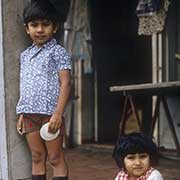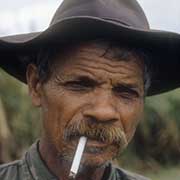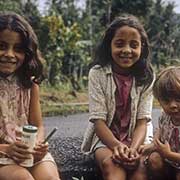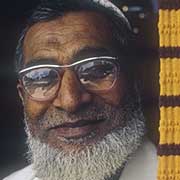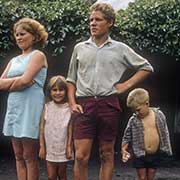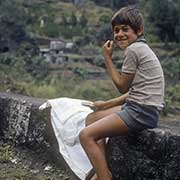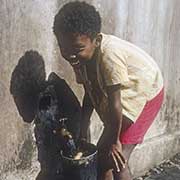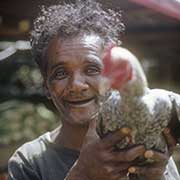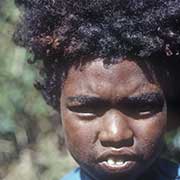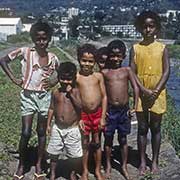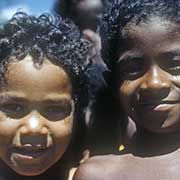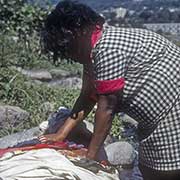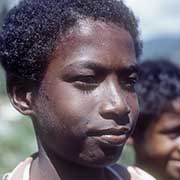Photos of the People of Réunion
The People of Réunion
Réunion Island’s people have ancestors in Europe, Madagascar, Africa, India, and other parts of Asia. Their very mixed population is the result of centuries of migration and ethnic mingling. The first settlers, in 1665 on what was then an uninhabited island, were French, who then imported Africans, Chinese, and Indians as workers on their plantations, initially slave labour; over the centuries, more were imported, and gradually, a very mixed population was the result.
you may then send it as a postcard if you wish.
The French plantation owners were sometimes designated “Gros Blanc” (Big White), as opposed to “Petit Blanc” (Small White), who in the past were landless whites who moved into the mountainous interior, where earlier some escaped African slaves (“maroons”) had also moved. Those “Petits Blancs” still live in the high country, mostly on small farms. Also called Yabs, or white creoles (as they almost certainly also mixed with people of African origin), they represent about 15% of the population.
The Cafres (Blacks) represent almost half of the inhabitants. The term “cafre” does not have the offensive and insulting connotation as “kaffir" on the African mainland; both terms derive from an Arabic word for a person who is not a Muslim. They are descendants of enslaved people who were trafficked from Africa. The “Malbars” or “Malabars” are of South Indian Tamil origin, mainly Hindu, representing about a quarter of the population. The Zarabe (Zarab or Z’arabe) are Muslim people of Indian origin (mainly from Gujarat); they migrated here in the mid-19th century.
There are also metropolitan French living on the island (about 10%); they are often called “Zoreils” from “les oreils” (the ears) because some do not understand the way the native Reunionais speak and then hold their hand behind their ears to hear better. Réunion Creole is a French-based Creole language derived mainly from French and includes terms from Malagasy, Hindi, Portuguese, Gujarati, and Tamil. It is spoken in informal settings; the official language remains French.
